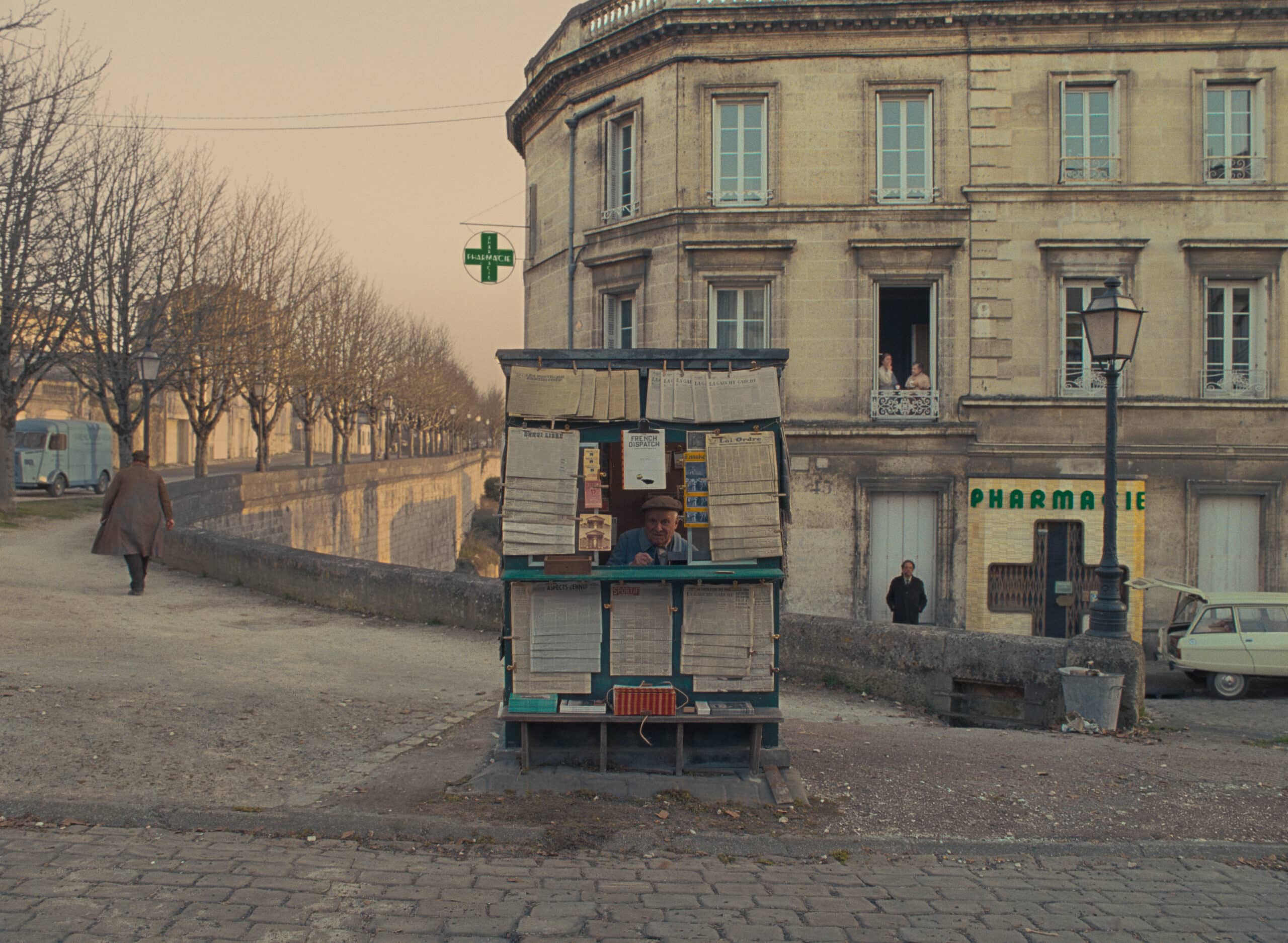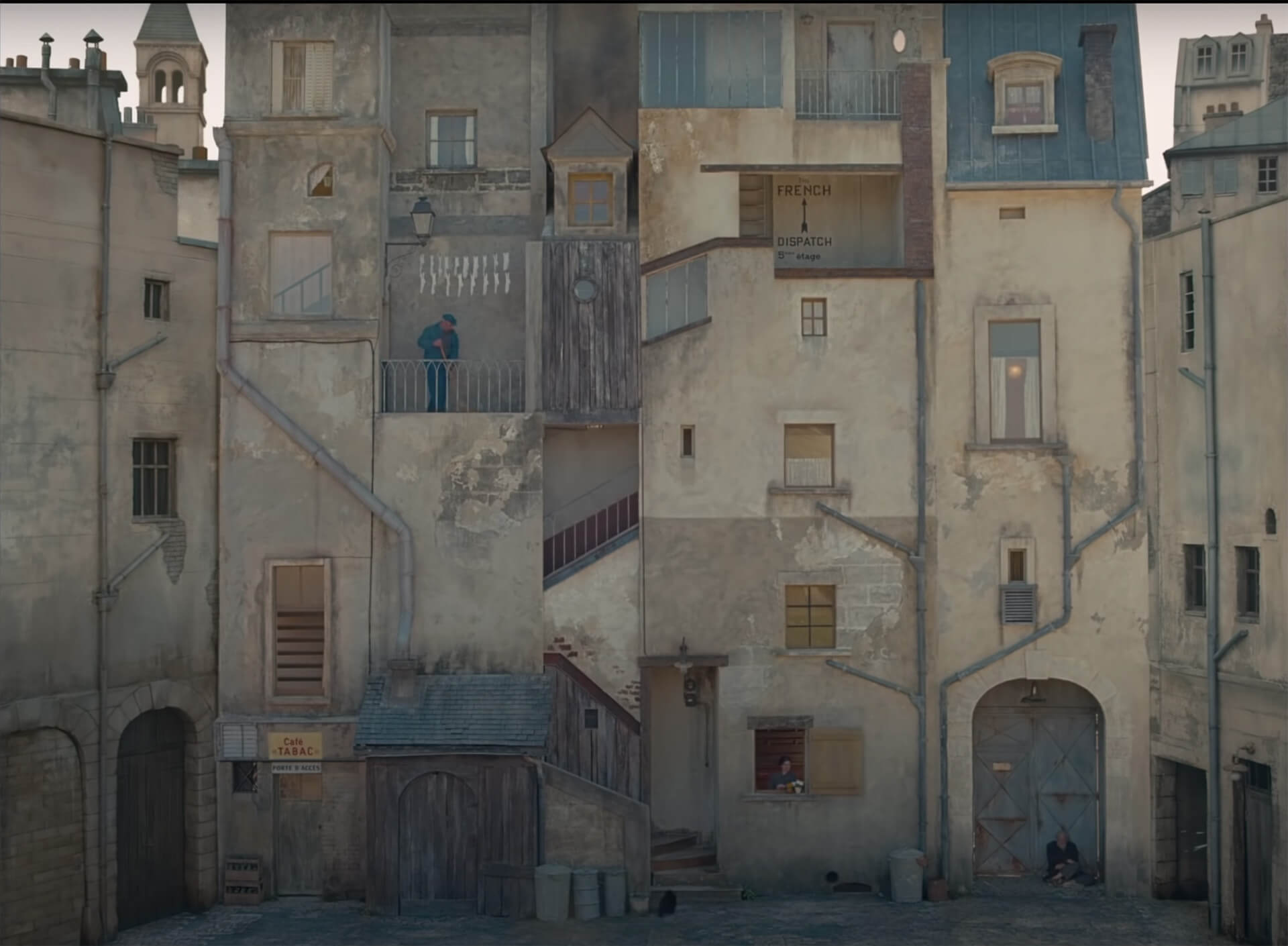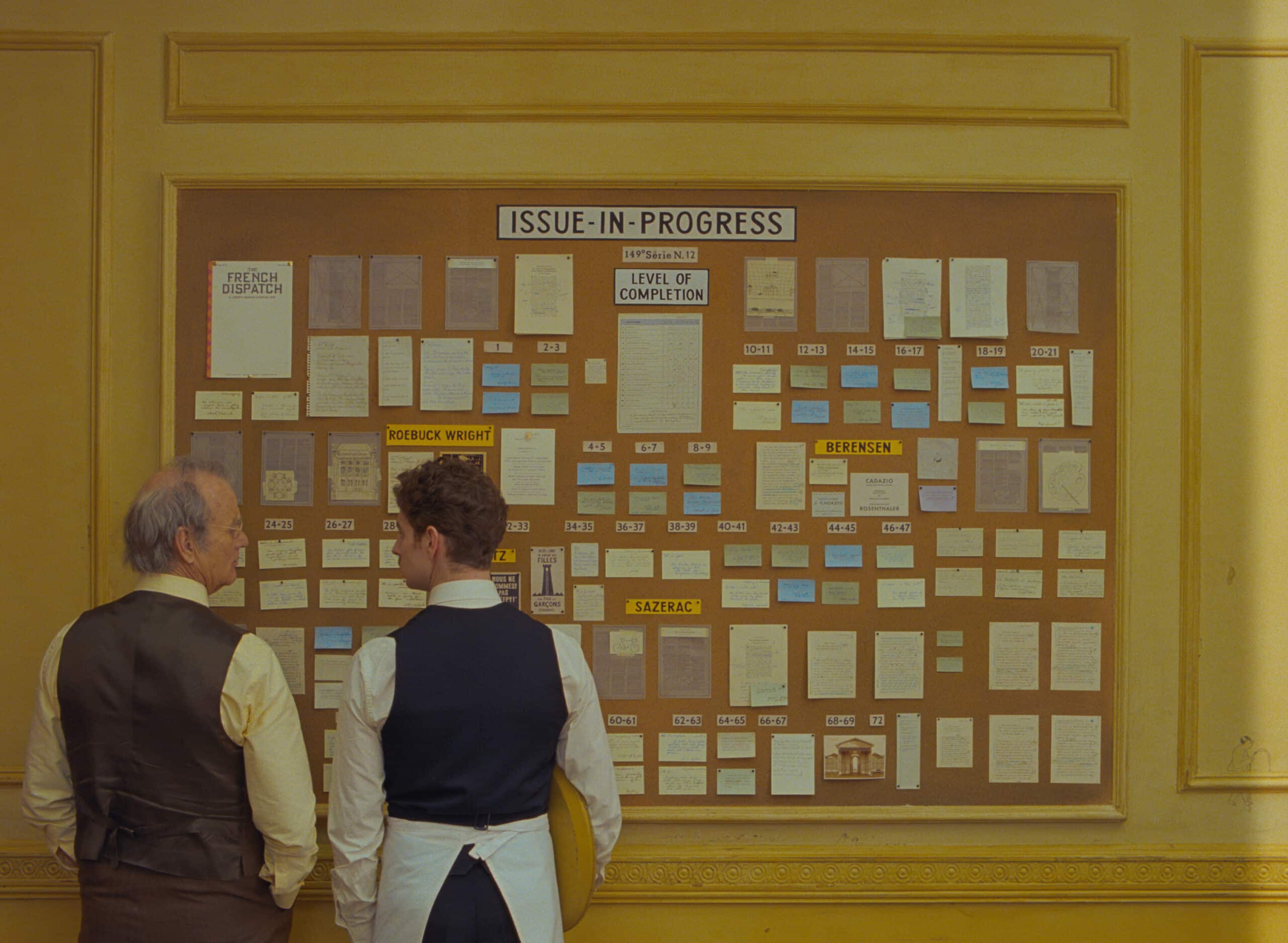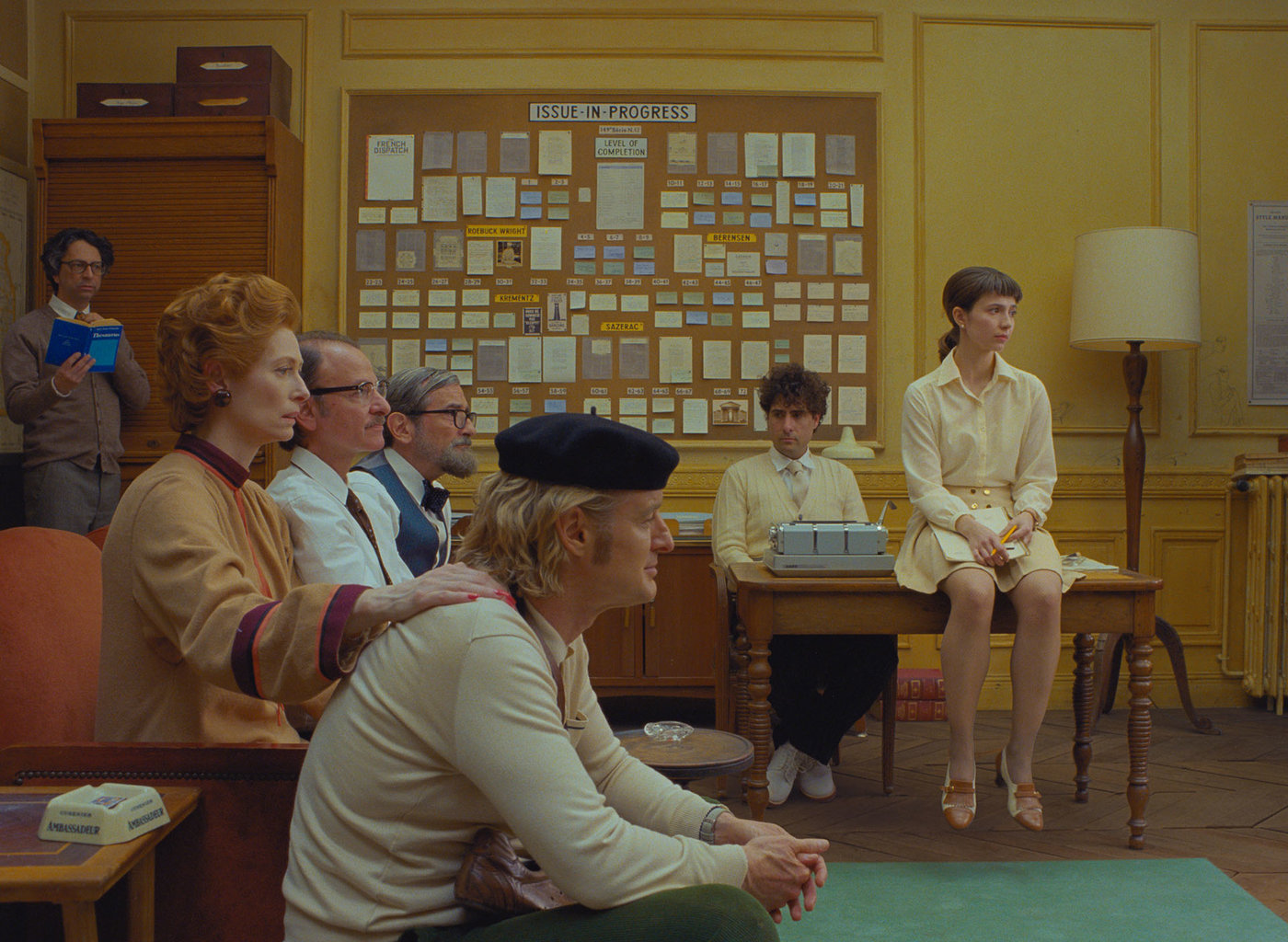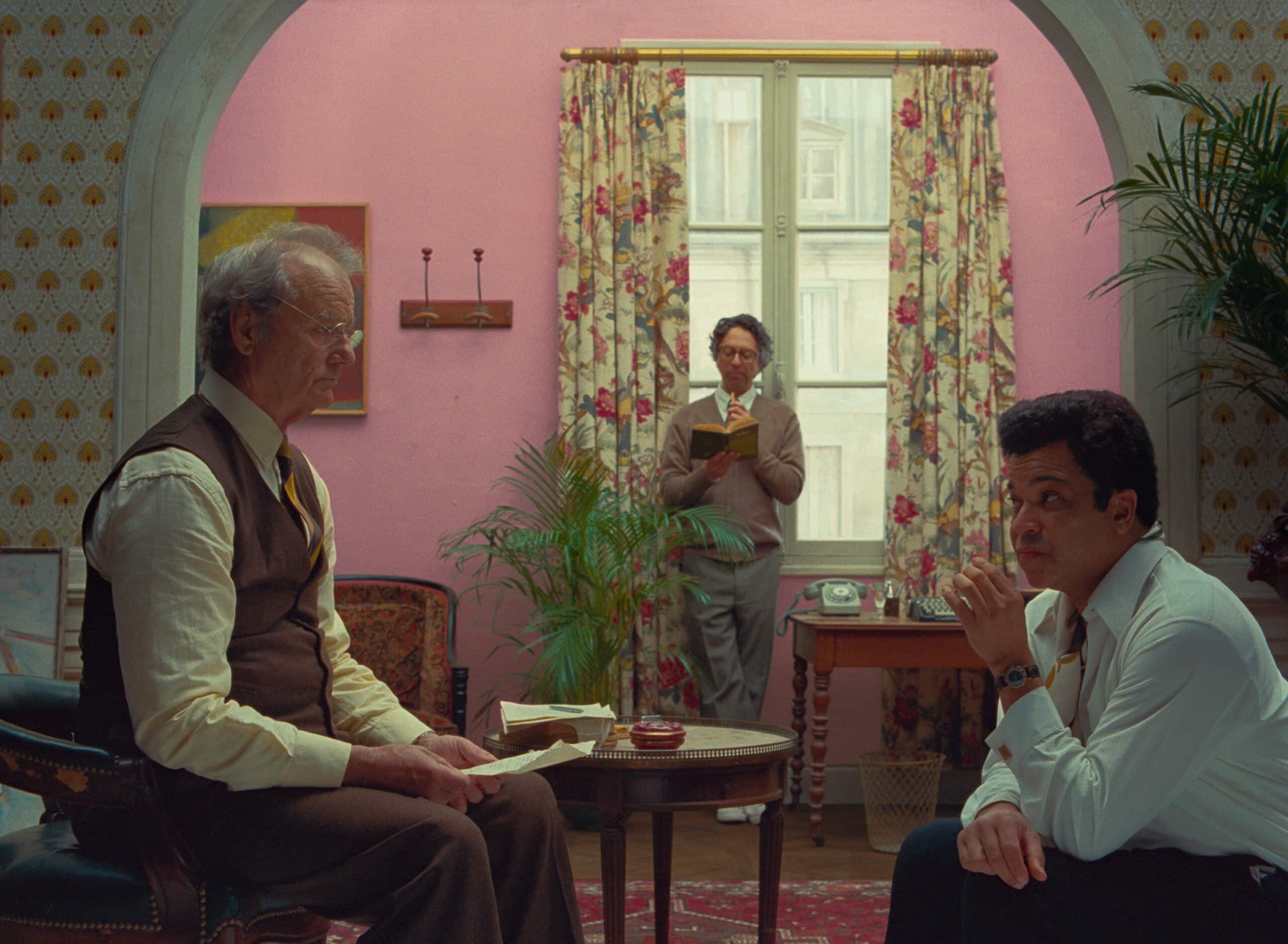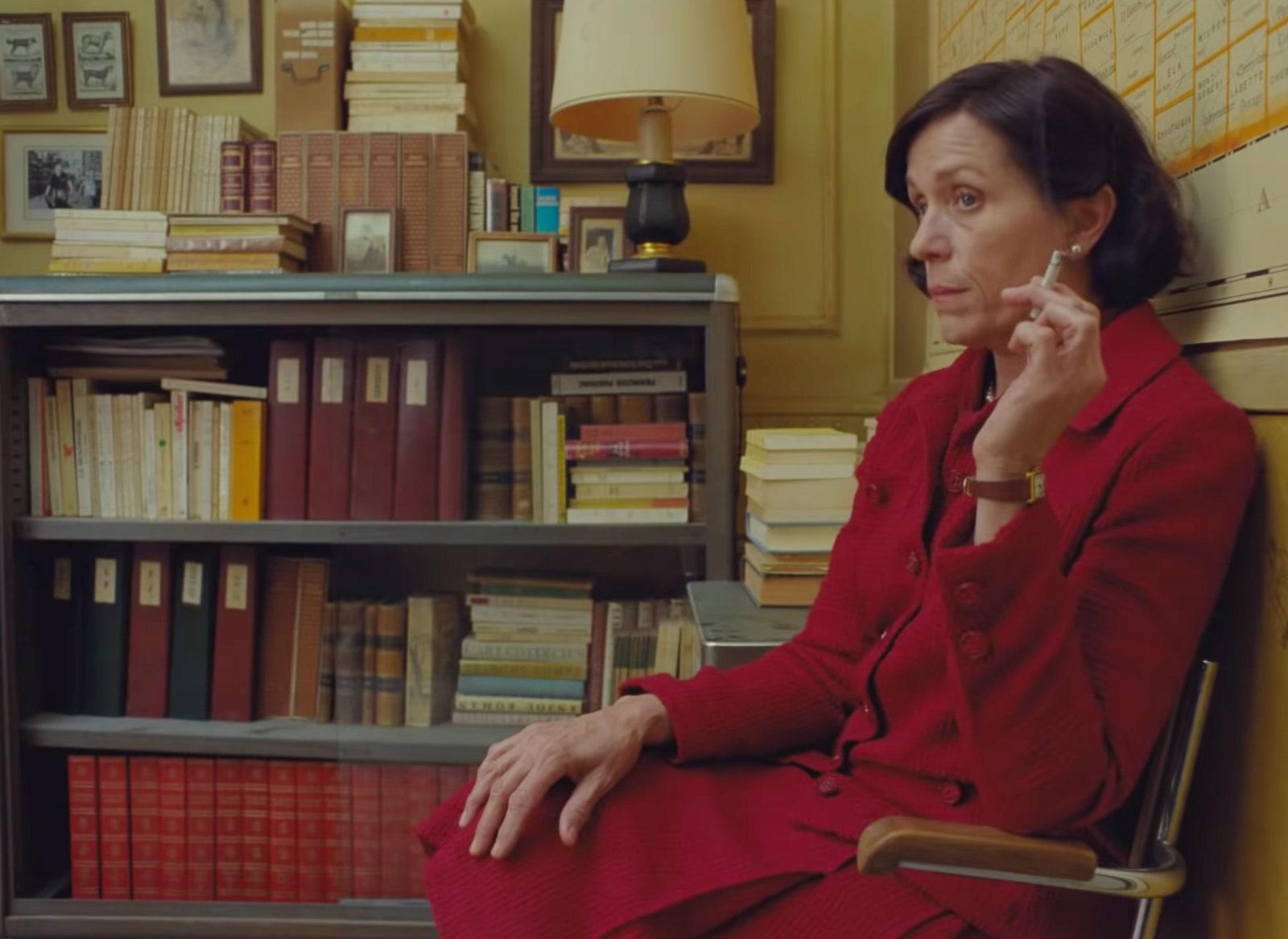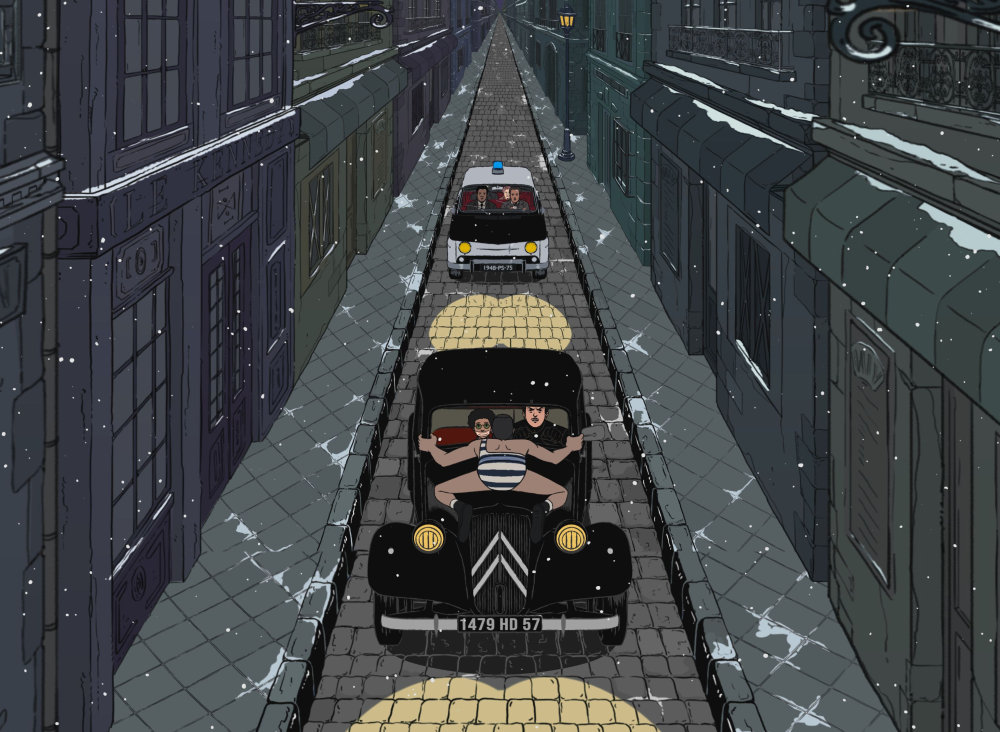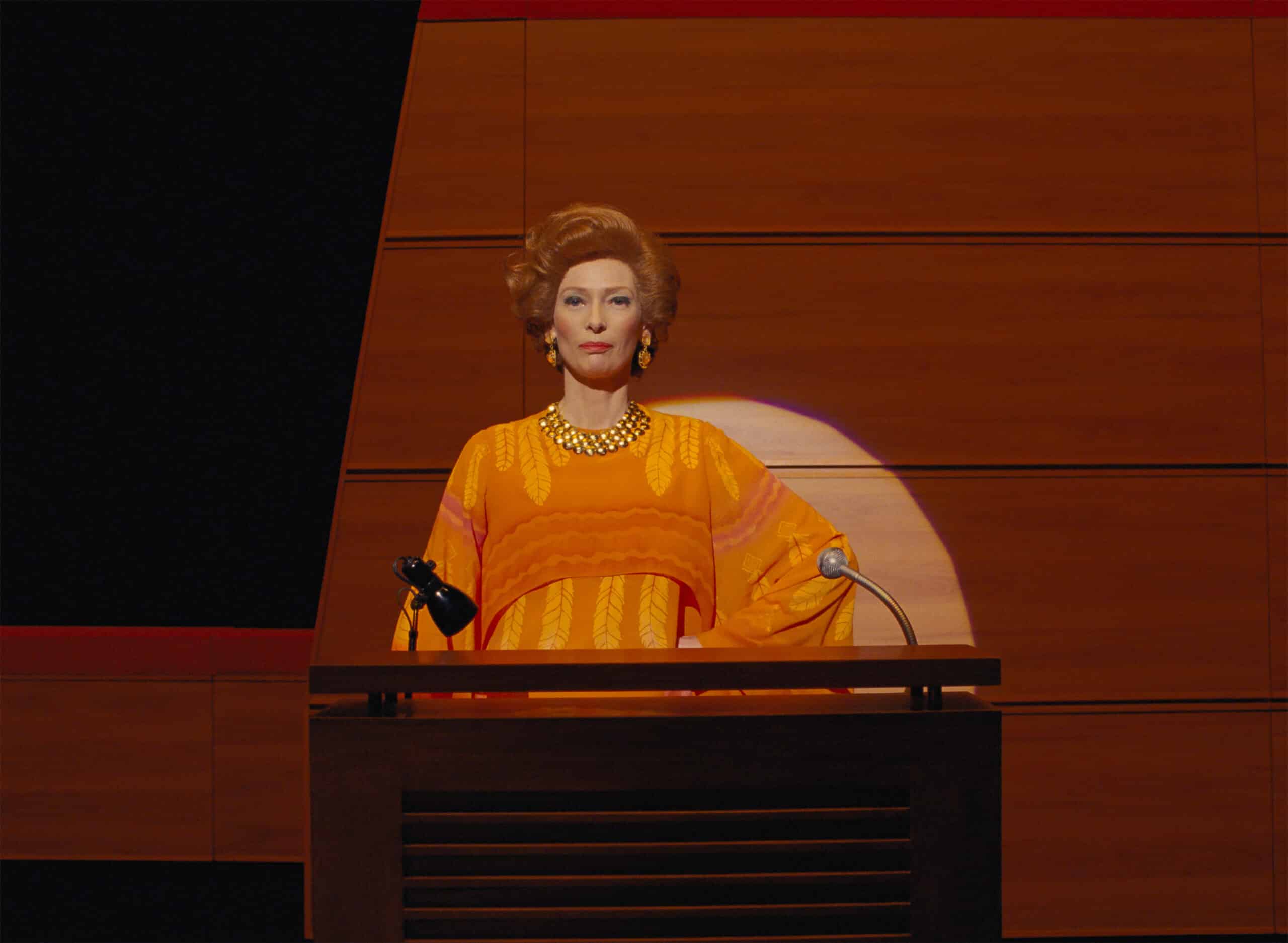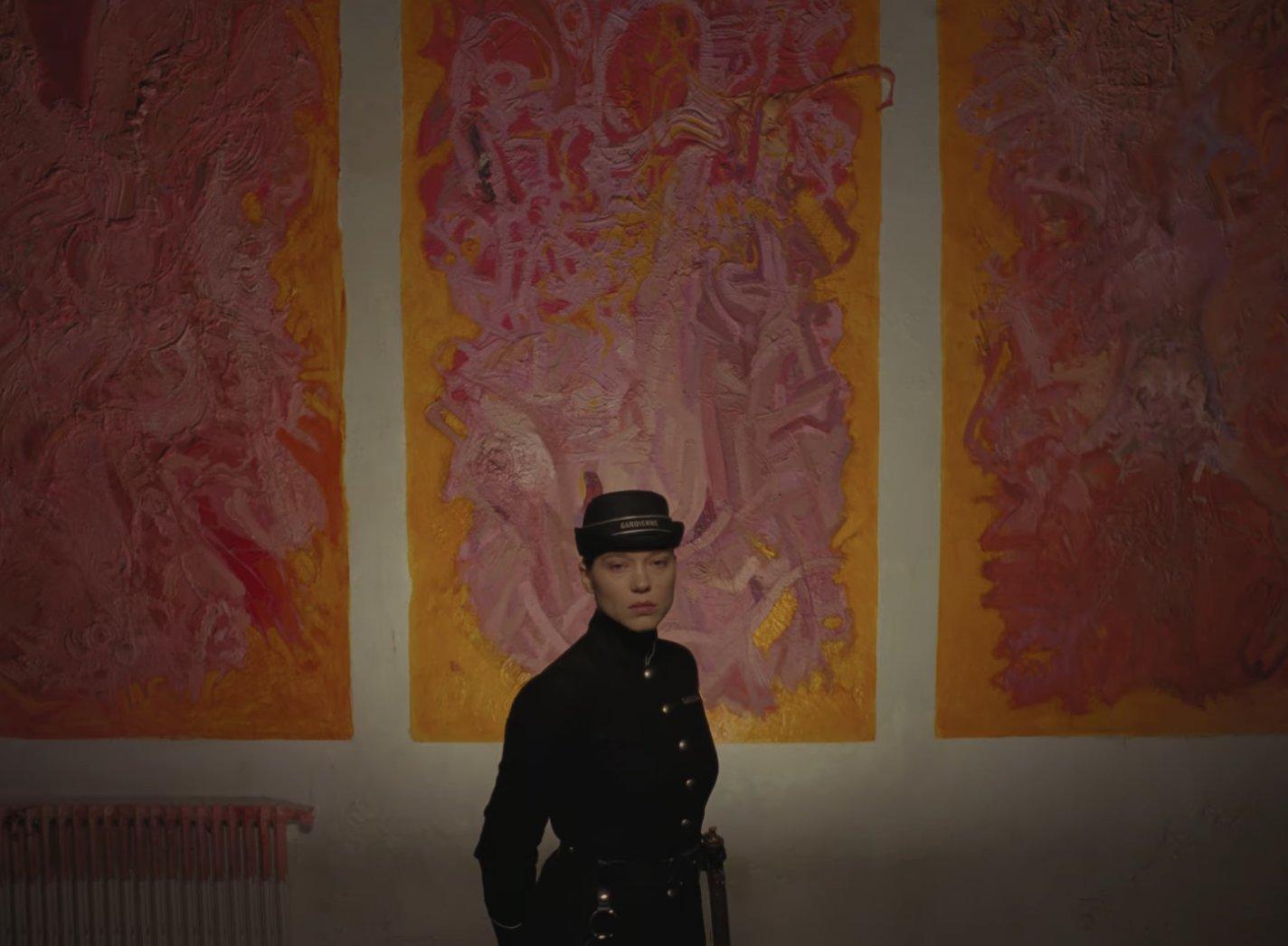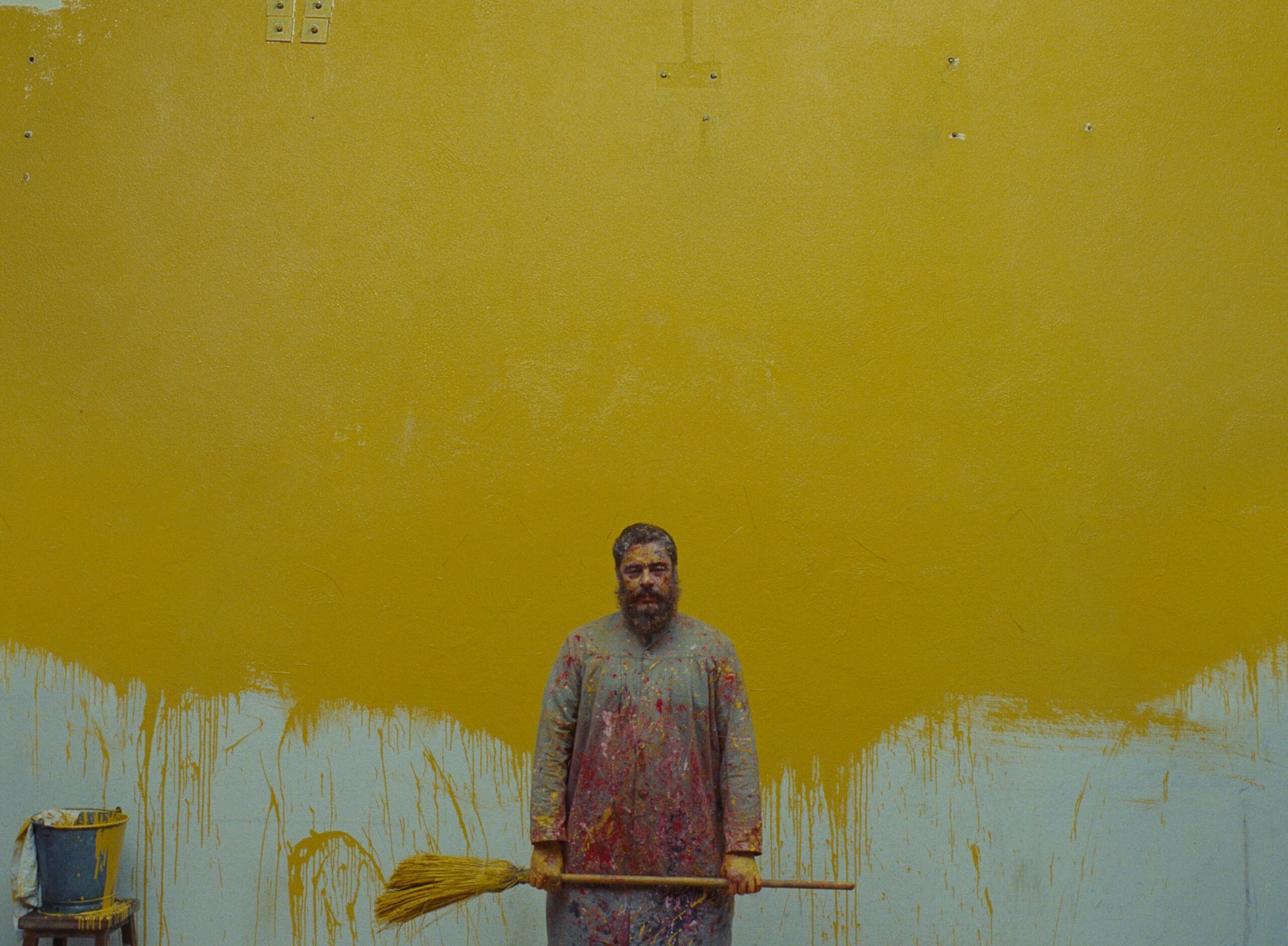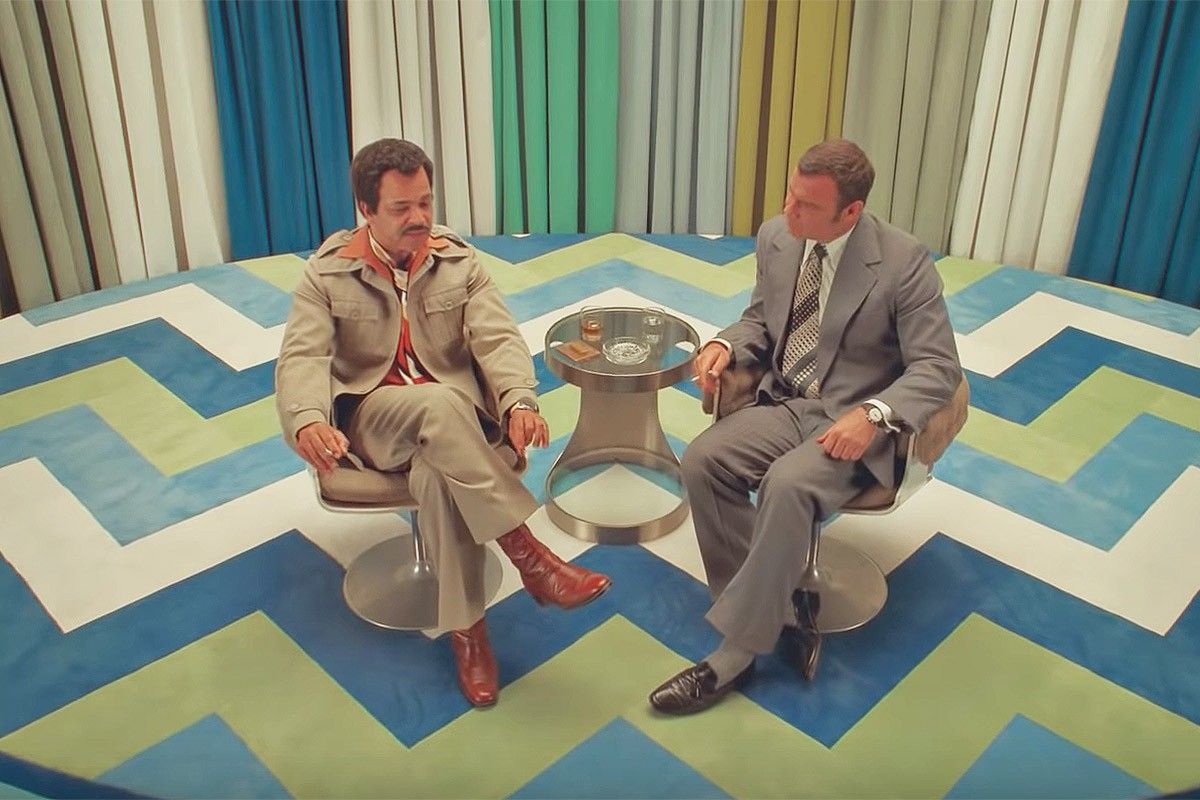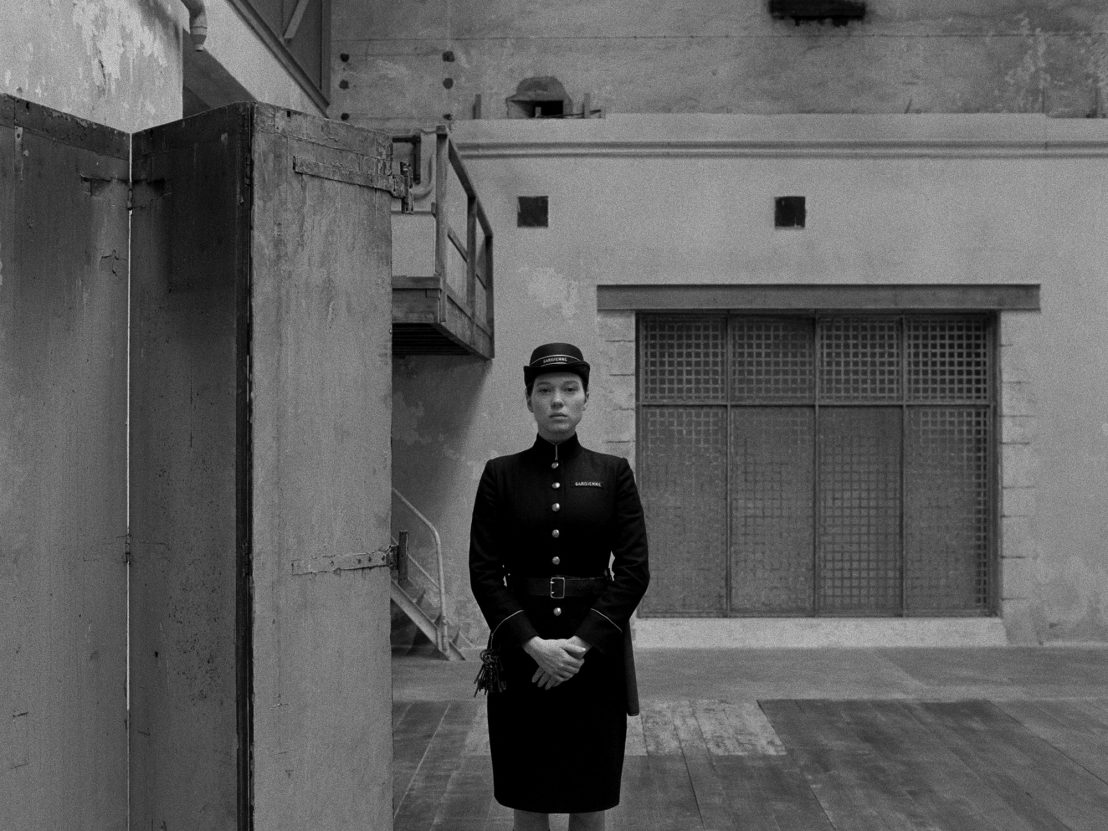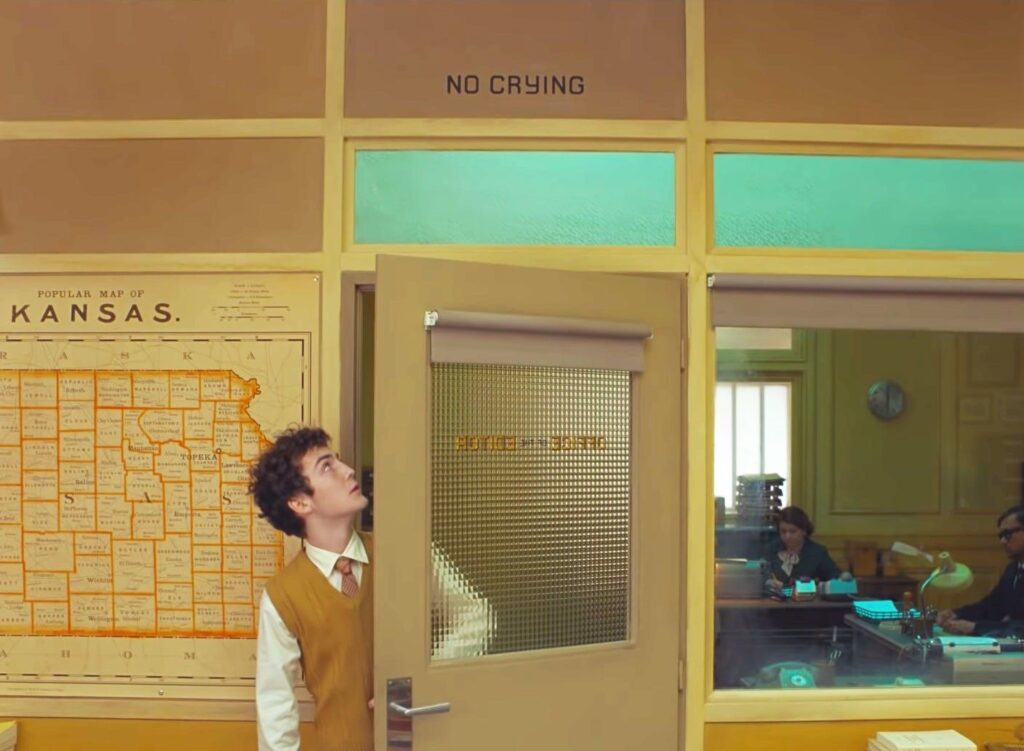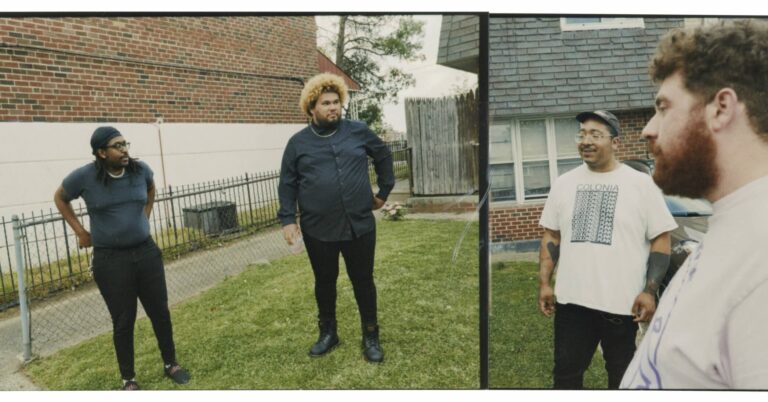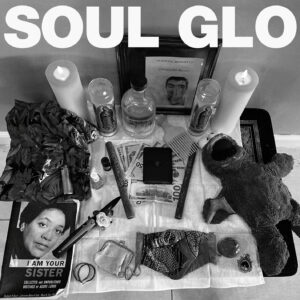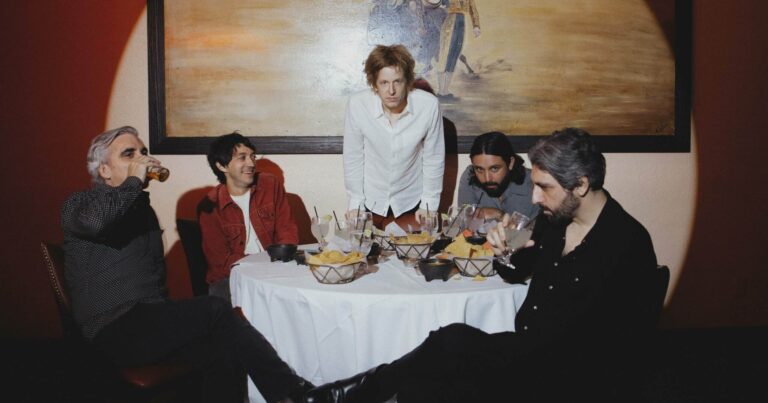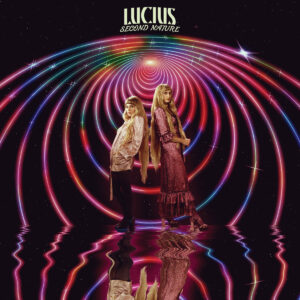There are a lot of occasions, such as Rakhi celebrations, when you might need to get a gift for a guy like boyfriend, father or best friends, and it can be tough to know what to get. If you want to give something personalized and unique, then check out these great customized gift ideas for him. Whether your husband, dad, brother, or friend is into sports, music, or just doing things outdoors, there are 6 perfect gift ideas for him in this roundup. So take a look and get started on finding the perfect present.
We all know that men are simple creatures. They don’t need worldly things, but they appreciate quality stuff that can be useful to them. That said, what are the best gifts for him?
Here are six perfect customized gift ideas for him:
– Customized bobbleheads
– Custom t-shirts
– Custom coffee mugs
– Personalized metal signs
– Bespoke hip flasks
– Personalized photo books or canvas prints.
Custom Bobbleheads:
If you want to give a unique personalized gift, consider getting a customized bobblehead from Lucky Bobbleheads of your man. You won’t have any problem finding someone online who can make them for you; all you have to do is provide a photo if possible. When it arrives, he will be positively surprised at the likeness. He’ll probably tell you that the bobblehead looks just like him.
Custom T-Shirts:
It can be hard to find something unique for men to wear. They usually favor ordinary t-shirts in solid colors, which they pair with jeans, chinos, or shorts during casual outings. Getting custom bulk t shirts printed is an easy way of making your man look great without spending much on it. You can either give him pre-made designs or put together some pictures and text for full customization.
Custom Coffee Mugs:
This gift idea isn’t suitable for everyone, but it’s good for those who love coffee (or other caffeinated drinks such as energy drinks and soda). Custom coffee mugs make a perfect present for men, especially young men whose favorite beverage is coffee. It’s not only something they can use every day; it also shows that you pay attention to their interests.
Personalized Metal Signs:
Another commonly overlooked yet perfectly suitable and inexpensive personalized gift idea for him is a personalized metal sign. You can find this item in home decor stores or online shops. Once again, the text and images you decide on should be something he will appreciate – perhaps a list of things he loves? If you want to get creative with it, have some artwork made up of your couple’s names and the date of your wedding day.
Bespoke Hip Flasks:
This gift idea is especially for men who enjoy whiskey, scotch, or any liquor that they can keep in a flask. Click online gin delivery Austrialia to find good booze online. Custom hip flasks also make great groomsmen’s gifts, so you can ask him to be one of your bridesmaids. The beauty of choosing a bespoke hip flask as a gift idea is that you only need to pick out the perfect design – whether it’s his favorite sports team logo or something more personal – then choose the initials he wants on that’s about it. He will appreciate how beautiful it looks and finds this gift very useful.
Personalized Photo Books or Canvas Prints:
This is for those who love taking pictures and reminiscing about the happiest moments. Pictures are always a good option if you’re not sure what to get him. A photo book or canvas prints will serve as a reminder of better times – whether it’s just the two of you or his family. Of course, you could go with something else, but he might appreciate these best since they’re personalized to reflect your happy memories together.
Whether you’re looking for a last-minute Father’s Day gift or want to show your man some love, customized gifts are the way. You can find all sorts of great options that will be perfect for him, and best of all, you can make it as unique as you want. From custom-made bobbleheads to unique accessories, there’s something for every guy, so if you’re looking for a special way to show your love.
There are a lot of occasions when you might need to get a gift for a guy, and it can be tough to know what to get. If you want to give something personalized and unique, then check out these great customized gift ideas for him. Whether your husband, dad, brother, or friend is into sports, music, or just doing things outdoors, there is a perfect gift idea for him in the above roundup.
